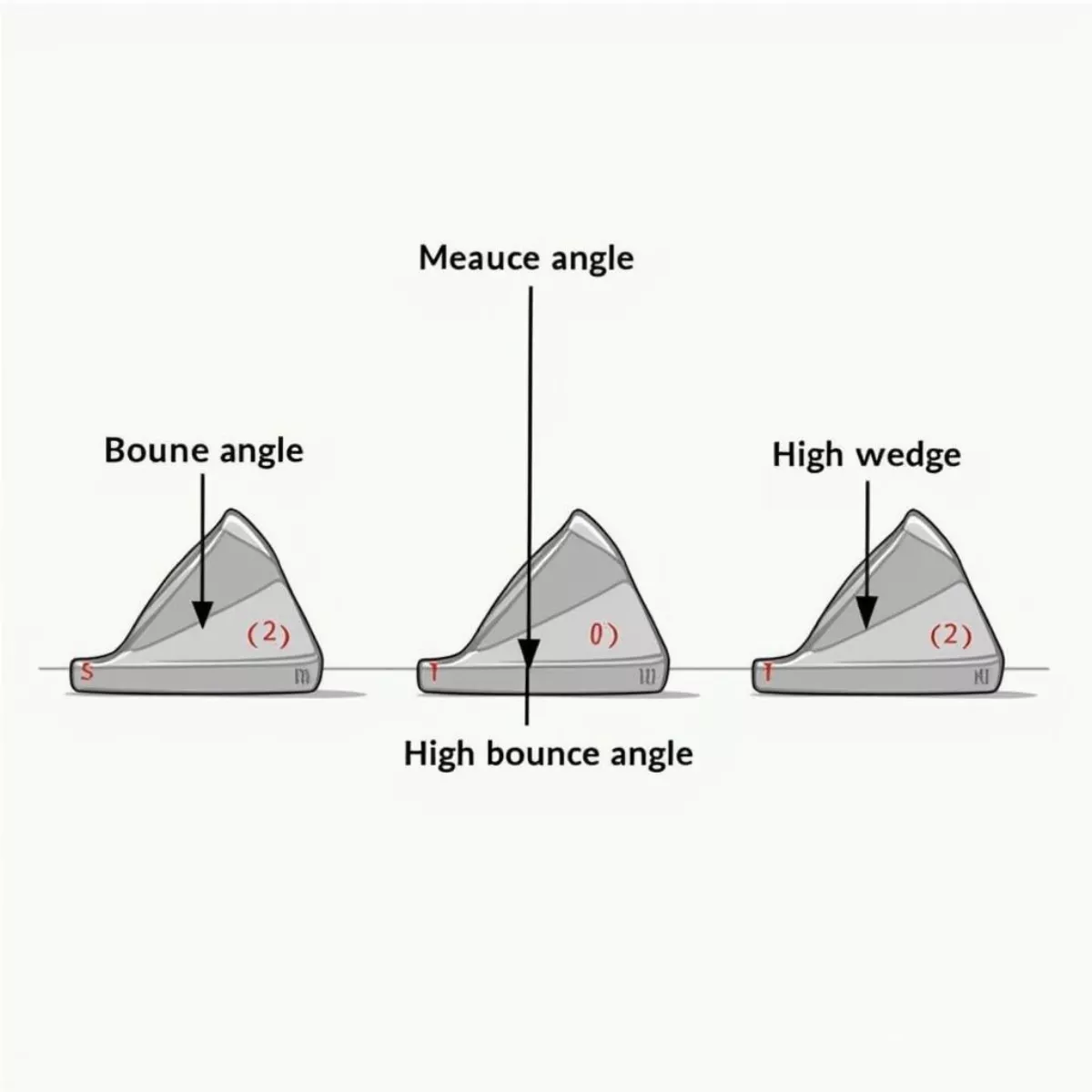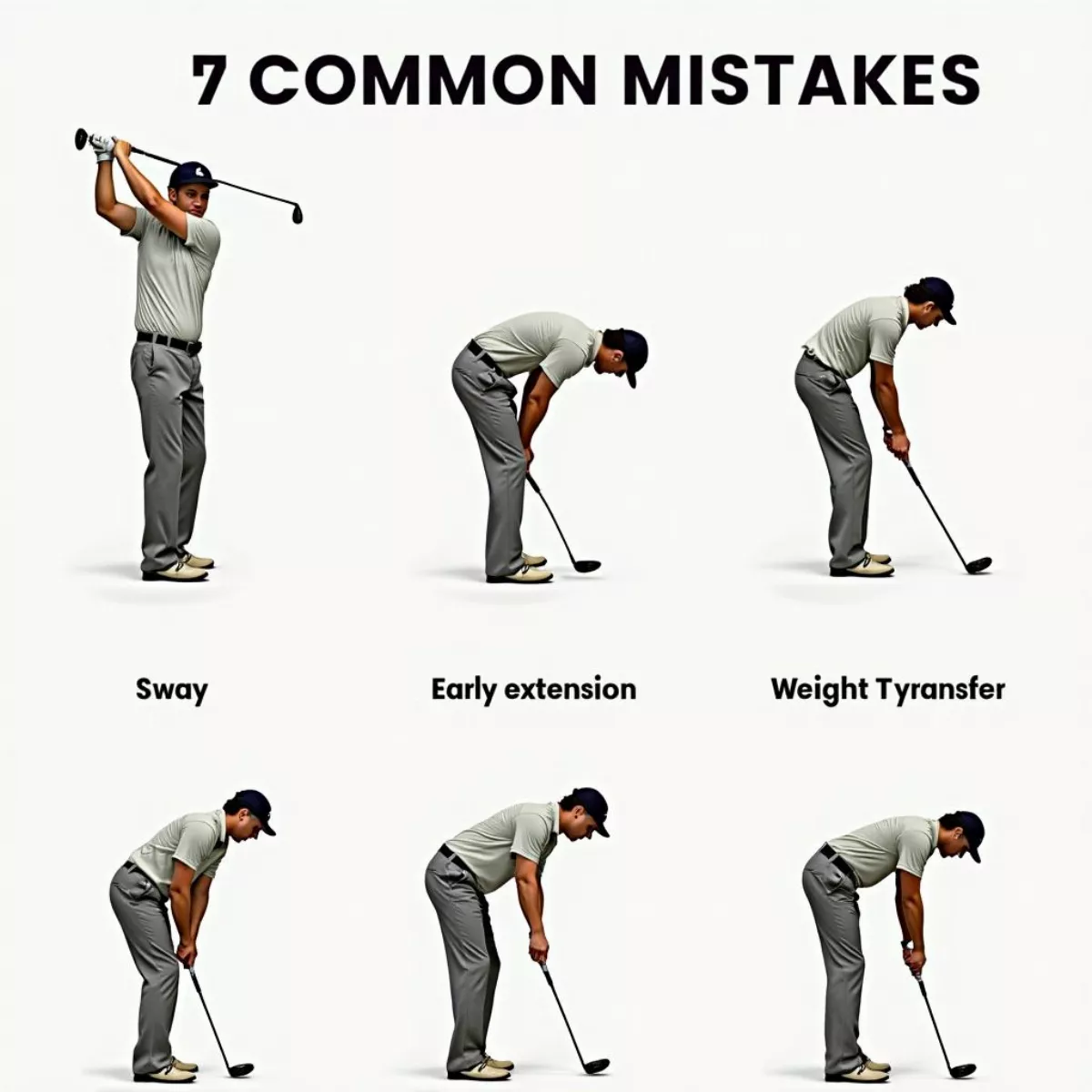Golfing is not just about power and accuracy; it’s also about finesse and technique. One of the most critical aspects you’ll need to master is bounce on your wedges. Understanding how to use bounce effectively can significantly improve your short game. This article will guide you through what bounce is, how to use it correctly, and tips for maximizing your performance on the green.
What is Bounce?
In golf, bounce refers to the angle between the leading edge and the lowest point of the club’s sole. When a wedge has more bounce, it means the club’s bottom is more rounded, which allows it to “bounce” off the ground rather than dig into it.
Different Types of Bounce
- Low Bounce (0-10 degrees): Ideal for firm conditions where you need to get under the ball quickly.
- Medium Bounce (10-14 degrees): Versatile for various turf conditions and player styles.
- High Bounce (14+ degrees): Best for softer ground, helping prevent the club from digging into the turf.
To choose the right amount of bounce, consider your normal Course conditions and your swing style.
 Golf Wedge Bounce Illustration
Golf Wedge Bounce Illustration
Why Is Bounce Important?
Bounce plays a significant role in wedge performance. It affects how the club interacts with the ground during different shots. Knowing how to use it properly helps you achieve better control, spin, and accuracy on delicate shots around the green. Here are a few reasons why bounce is crucial:
- Prevention of digging: A good bounce can prevent the club from digging too deep into the ground.
- Improved versatility: Different shots will require different bounces, allowing you to adapt to varying conditions.
- Enhanced feel: Understanding bounce enhances your feel for the shot, leading to increased confidence.
How to Use Bounce in Your Shots
1. Choose the Right Wedge
Your first step is selecting the right wedge for your game. Consider the following:
- Loft: Ensure your wedges cover different lofts (52, 56, 60 degrees).
- Bounce: Match the bounce to your swing type and the course conditions.
| Wedge Type | Typical Loft | Typical Bounce | Best Conditions |
|---|---|---|---|
| Gap Wedge | 50-52 degrees | 8-10 degrees | Firm or normal turf |
| Sand Wedge | 54-56 degrees | 10-14 degrees | Soft or sandy conditions |
| Lob Wedge | 58-60 degrees | 12+ degrees | Soft turf or bunkers |
2. Understand Your Swing
Your swing type significantly influences how bounce works for you:
- Sweeping Swing: If you tend to sweep the ball rather than hit down on it, opt for lower bounce wedges.
- Downward Angle of Attack: If you hit down on the ball, a higher bounce will help prevent digging.
 Different Golf Swing Types and Bounce
Different Golf Swing Types and Bounce
3. Set Up Properly
Before you swing, focus on your setup:
- Ball Position: Position the ball towards your front foot for better contact with the club’s bounce.
- Weight Distribution: Keep your weight slightly forward to encourage a downward strike on the ball.
4. The Correct Swing Technique
Now that you’re set up, here’s how to execute your shot:
- Open the Clubface: For flop shots or delicate chips, open the clubface slightly to engage more bounce.
- Maintain Your Angle: Focus on keeping a consistent angle of attack while ensuring you let the bounce do the work.
Key Techniques for Various Shots
| Shot Type | Bounce Technique |
|---|---|
| Chips | Use medium to high bounce; don’t decelerate. |
| Flop Shots | Open the clubface and engage the bounce. |
| Sand Shots | Stand slightly open to the target; utilize high bounce to help lift the ball. |
5. Practice, Practice, Practice
As with anything in golf, practice is essential. Work on different shots with different bounces to see how they react. A local practice green or a driving range is a great place to hone your skills.
Issues with Bounce Usage
Sometimes, golfers struggle with bounce usage. Here are a few common issues and how to overcome them:
Common Problems
- Digging into the turf: Often caused by too much angle on the attack and requires a higher bounce wedge.
- Flying the ball over the green: This may indicate that you need to lower your bounce or adjust your swing path.
Tips for Overcoming Bounce Challenges
- Trust the bounce: Allow the club to slide along the ground rather than try to scoop the ball.
- Experiment with different setups: Alter your stance and ball position to find what works best.
- Assess the turf conditions: Choose between low or high bounce wedges based on the situation.
 Golfer Selecting Wedge Based on Turf Conditions
Golfer Selecting Wedge Based on Turf Conditions
Key Takeaways
- Bounce is essential in understanding how your wedge interacts with the ground.
- Choose the right wedge based on loft and bounce suited to your swing style.
- Proper setup alongside a correct swing technique will help you engage bounce effectively.
- Regular practice will enhance your skills with different bounces and conditions.
Frequently Asked Questions (FAQ)
1. What is the best bounce for a sand wedge?
A sand wedge typically benefits from a higher bounce (10-14 degrees) to help prevent it from digging into the soft sandy surface.
2. Can I use a low bounce wedge in soft conditions?
While possible, it’s not recommended as it may result in digging. High or medium bounce is preferable in soft conditions.
3. How do I know if I need more or less bounce?
Test different wedges during practice. If you frequently dig into the turf, you may need a higher bounce. If your shots tend to pop up, consider lower bounce options.
4. Should I alter my swing for different bounces?
Yes! Adjust your angle of attack and swing technique according to the bounce of the wedge you are using.
5. Can bounce affect the spin of my shots?
Definitely! A correct bounce can enhance spin control by allowing proper interaction with the turf and ball.
6. What’s the ideal loft for a gap wedge?
A gap wedge typically ranges from 50-52 degrees and should have a bounce that suits your style of play.
7. Can I use one wedge for all conditions?
While possible, it’s best to use different wedges with varying bounces to match conditions effectively.
8. How can I practice effectively with wedges?
Focus on controlled chip shots, flop shots, and sand shots, experimenting with different bounces and conditions.
9. What if I feel uncomfortable using a high bounce wedge?
Take time to practice with it and try different setups to become accustomed to it. Keep experimenting until you find a comfortable method.
10. Does the brand of the wedge matter?
Yes, different brands have varying designs and bounce options. It’s recommended to try out several to find what fits your game best.
By mastering the concept of bounce and applying these insights, you can enhance your short game and shoot lower scores. Understanding the nuanced role of bounce will help you shift your approach, make better shots, and ultimately enjoy the game even more! Happy golfing!

 Packing golf clubs for travel
Packing golf clubs for travel Packing a car for a golf trip
Packing a car for a golf trip Using a golf course finder app
Using a golf course finder app Golfer relaxing after a game
Golfer relaxing after a game
 Golfer performing a weight transfer drill
Golfer performing a weight transfer drill Illustrations depicting common golf swing errors
Illustrations depicting common golf swing errors
 Golf club hitting ball and creating divot
Golf club hitting ball and creating divot Golfer practicing divot drills
Golfer practicing divot drills
 Different Tops Paired with Plaid Skirts
Different Tops Paired with Plaid Skirts Footwear Styles for Plaid Skirts
Footwear Styles for Plaid Skirts
 Various Lubricant Types for Intimacy
Various Lubricant Types for Intimacy Open Communication During Intimate Moments
Open Communication During Intimate Moments